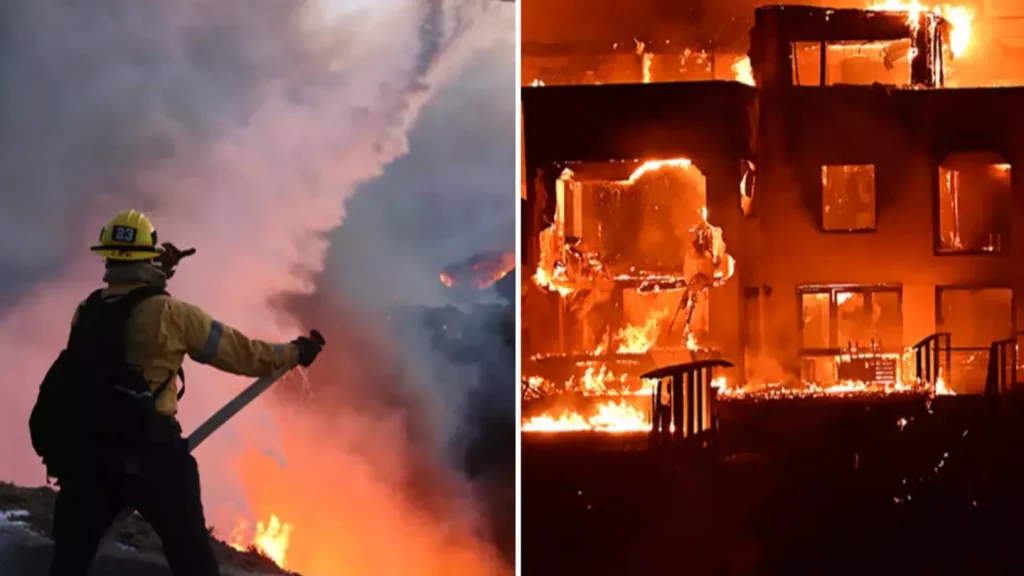As Los Angeles battles one of its wildfire seasons, a glaring question has left many baffled.
Why aren’t firefighters tapping into the vast Pacific Ocean to extinguish the relentless flames?
The wildfire season has reached a critical point, with over 29,000 acres scorched across the region.
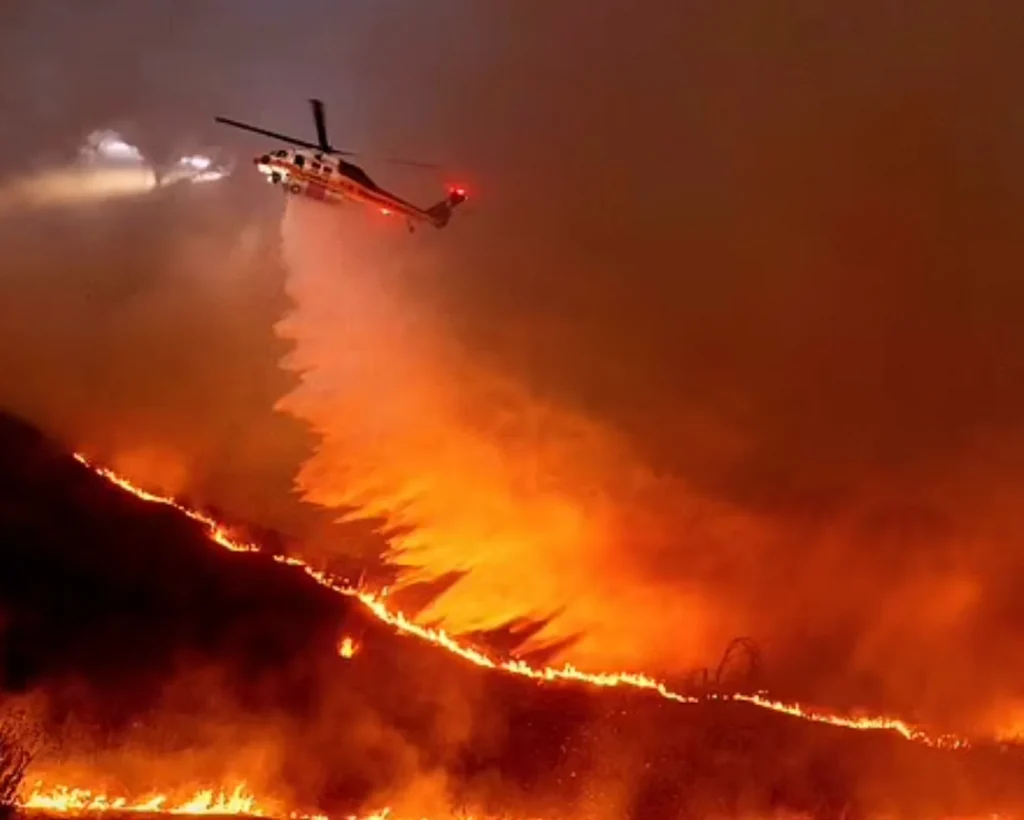
The Palisades Fire, alone, has consumed more than 17,000 acres and remains uncontained, leaving communities in fear.
Water shortages have only added to the challenges, with three million-gallon water tanks in Pacific Palisades depleted early on.
Some fire hydrants even ran dry, forcing crews to urgently search for alternative water sources.
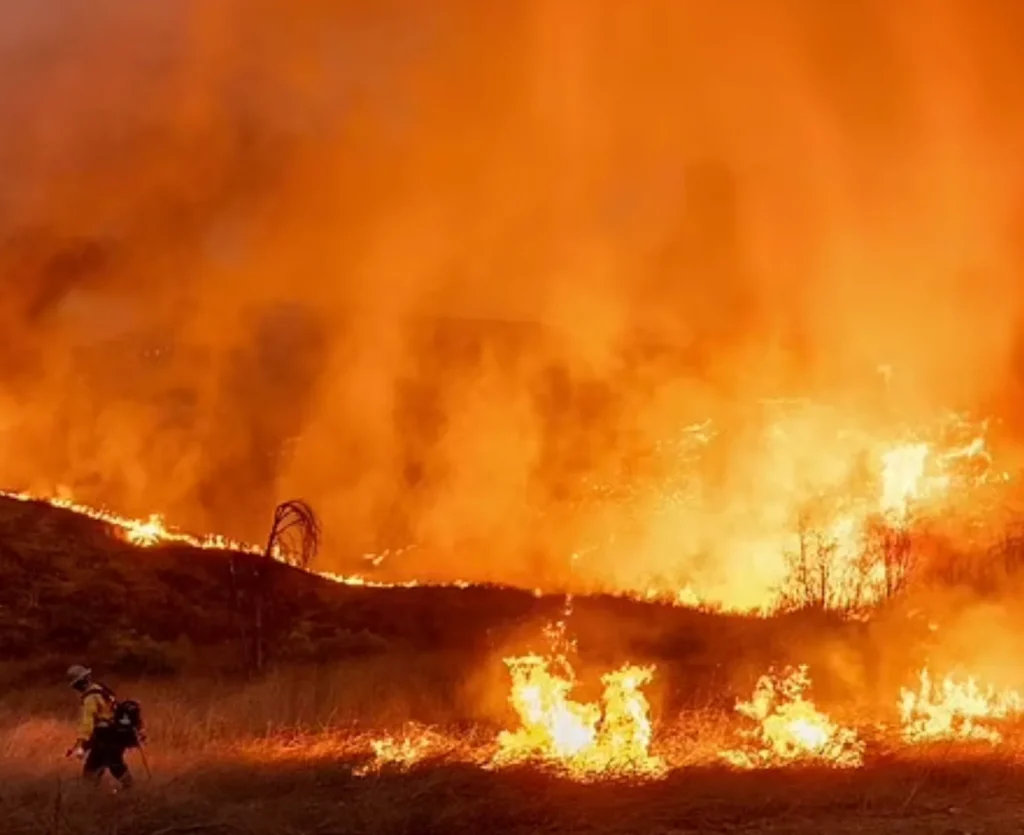
The proximity of the Pacific Ocean may seem like a natural solution to these issues.
But as firefighting experts explain, using seawater presents numerous challenges that outweigh its potential benefits.
The Problem with Seawater
Saltwater’s corrosive nature is one of the primary reasons it isn’t used extensively in firefighting.
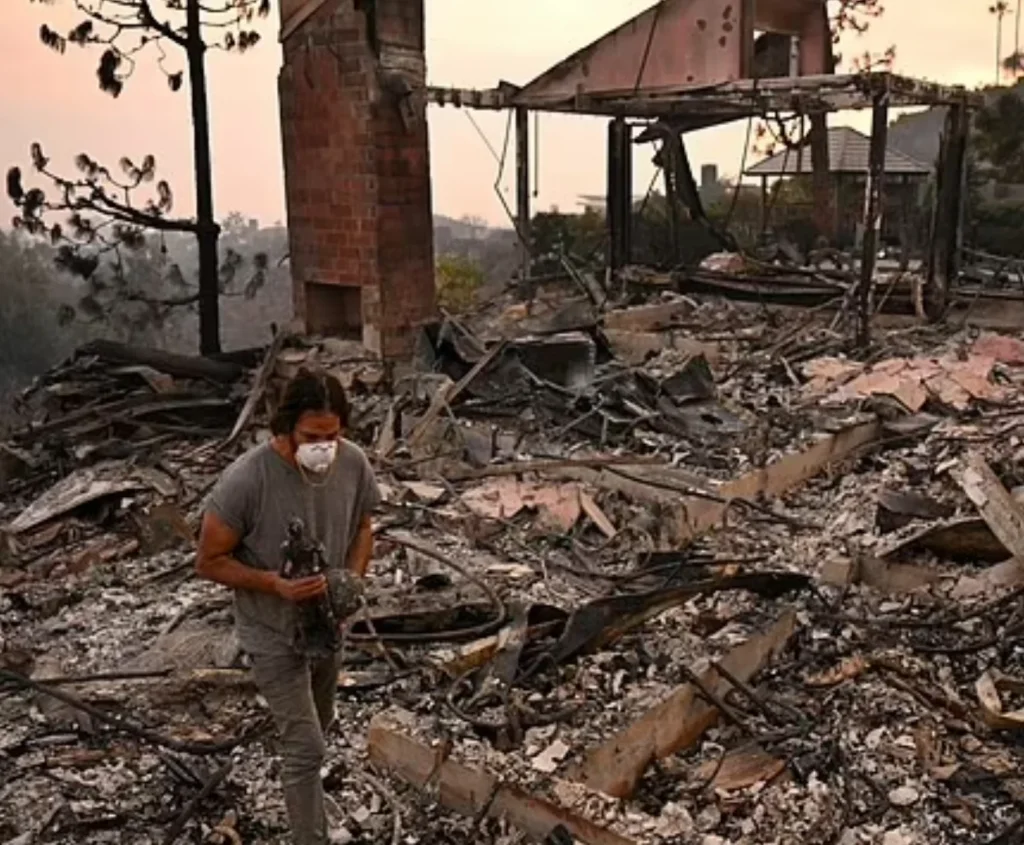
When pumped through metal hoses and engines, the salt can cause rapid corrosion, leading to equipment failure.
This increases maintenance costs and risks leaving firefighters without essential tools during critical moments.
Saltwater also poses a significant threat to the environment, particularly in areas with vegetation.
The salt can seep into the soil, making it infertile and hindering plant growth for years to come.
This could leave already scorched landscapes barren, disrupting local ecosystems and wildlife.
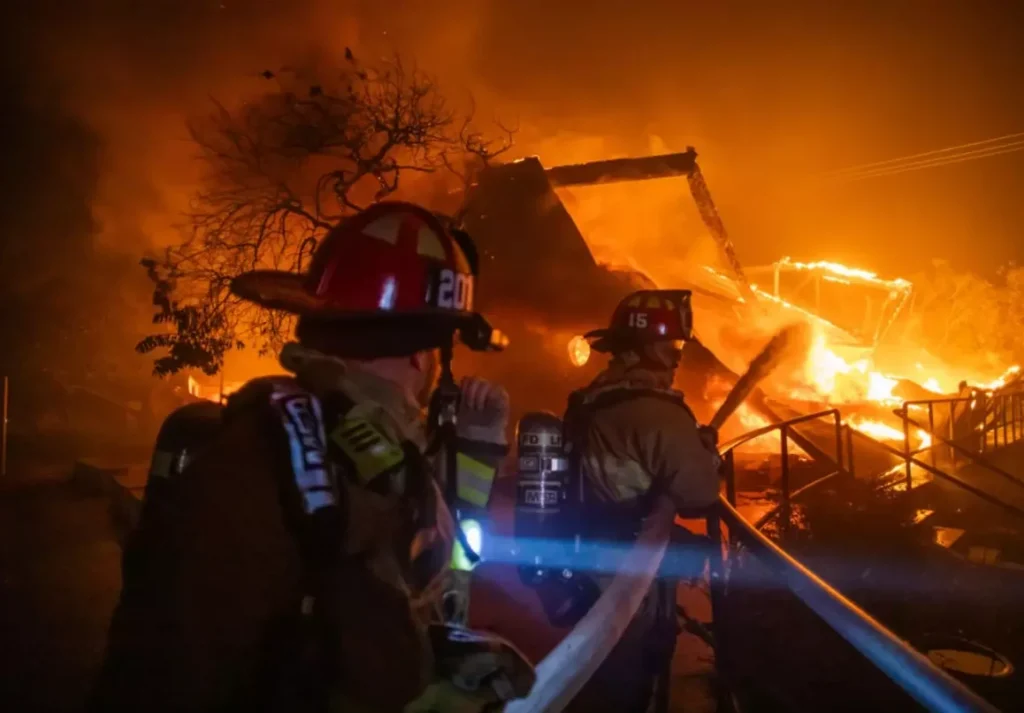
In addition, seawater reduces the cooling effect that freshwater provides during firefighting.
This makes it less effective at lowering the temperature of flames, further complicating its use.
Logistical and Systemic Limitations
Transporting large amounts of seawater to inland fire zones presents immense logistical hurdles.
The infrastructure needed to pump and distribute seawater would require significant time and expense to establish.

Most existing firefighting systems, like fire hydrants and water tanks, are designed to work with freshwater.
Adapting these systems to handle seawater would involve costly modifications and lengthy upgrades.
Although helicopters occasionally scoop seawater to fight coastal fires, this method has limited effectiveness.
It’s a solution that can only address specific scenarios and doesn’t resolve the broader challenges of using seawater.
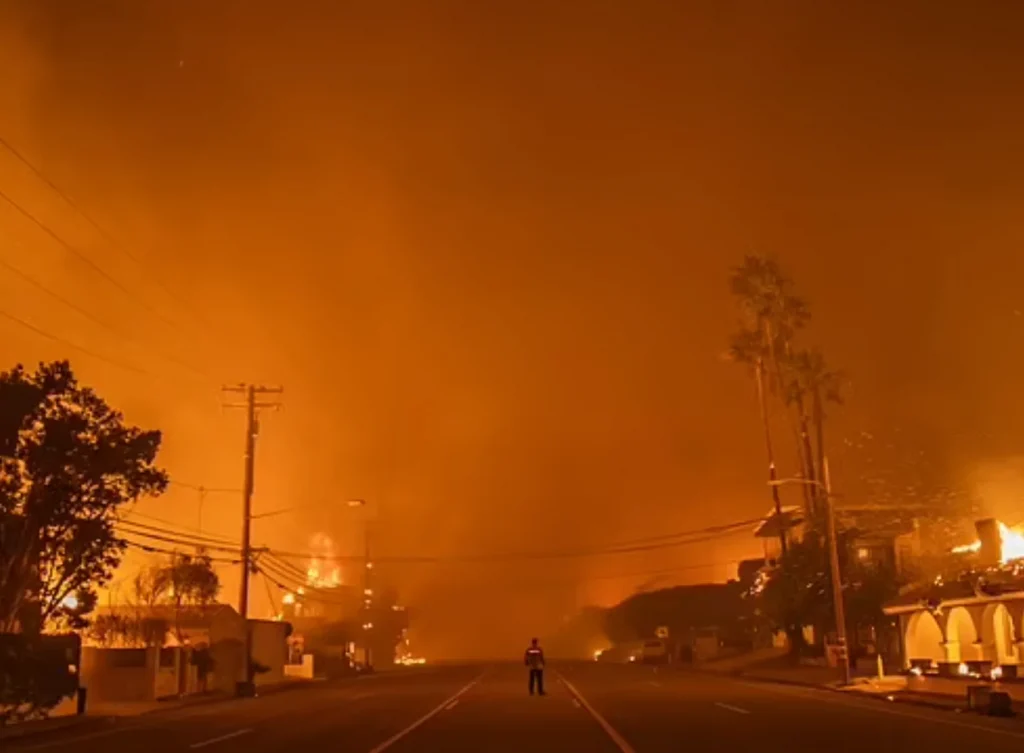
Breaking the Mystery
Despite the challenges with freshwater shortages, firefighters are still prioritizing its use over seawater.
As it turns out, seawater isn’t just inconvenient—it’s a risk that could hinder more than it helps.
Fire crews are working tirelessly to manage the fires using every viable resource available.
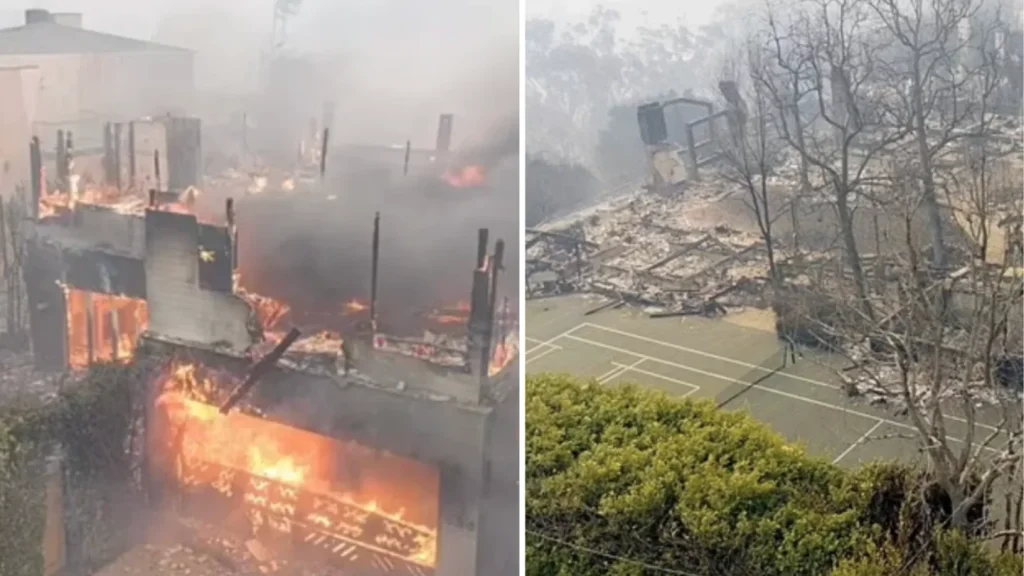
The vast ocean just steps away may seem like a missed opportunity, but the reality is far more complicated.
Using seawater would compromise firefighting equipment, damage the environment, and yield limited results.
In Los Angeles, the focus remains on efficiency, safety, and long-term solutions, even as the flames rage on.
For now, the ocean will stay where it is—unusable in this critical fight against the devastation of wildfires.
Feature Image Credit: (AGUSTIN PAULLIER)

